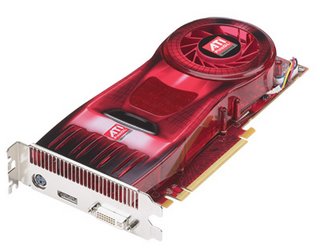SPECviewperf is a worldwide standard for assessing graphics performance. It’s easy to use, freely downloadable and doesn’t require a design software license to run. It uses datasets from a variety of CAD/DCC applications and these are developed by tracing graphics content from actual applications. These include 3ds max, Catia, EnSight, Maya, Pro/Engineer, SolidWorks, UGS NX, and UGS Teamcenter Visualization Mockup.
So what’s this post all about? Well, I’m a bit puzzled about the recent release of the Linux/Unix version of SPECviewperf 10. I understand it has SolidWorks and 3ds Max datasets in it. Now, the last time I looked, neither of those products ran on Linux/Unix, so why include them in a Linux/Unix benchmark?
Putting that rhetorical question to one side for a minute, my point is that the results from SPECviewperf can often be misleading. The benchmark’s scores are broken down by software brand names, but the scores don’t necessarily reflect the performance you’d achieve in the real world application of the same name. Historically, some scores have been known to be off by a huge factor, but I’m pleased to say SPECviewperf 10 is much more accurate than its predecessors – much more accurate, but still not perfect. This is because the graphics card vendors continue to spend precious development time optimizing their drivers to make the benchmark run faster instead of channeling all of their resources to the applications themselves. Why? Well, the clue is in the first line of this post – it’s a ‘worldwide standard’ and gets coverage all over the Internet.
So, what’s the alternative? Well, the SPECapc benchmarks are better as they actually run inside the CAD/DCC application, so the graphics cards vendors can’t optimize their cards as much for these, but the downside is that some benchmarks are quite a bit out of sync with the actual software releases.
Now, don’t get me wrong, I’m not criticizing the Standard Performance Evaluation Corporation (SPEC). I think they do an excellent job in helping guide engineers and designers in decisions on hardware purchases, I’m just saying don’t take the results as gospel.
The only real way to assess how fast a graphics card is to take your own datasets and test them in your CAD/DCC application of choice. The problem is most end users don’t have access to the many different graphics cards, just as most journalists don’t have access to the many different software applications.
So I guess that brings us back to Viewperf 10. Why don’t you download it and let me know what you think. I’d also be interested to hear how you make decisions on hardware purchases, what internal benchmarks you carry out and what you’d like to see us test on DEVELOP3D.







